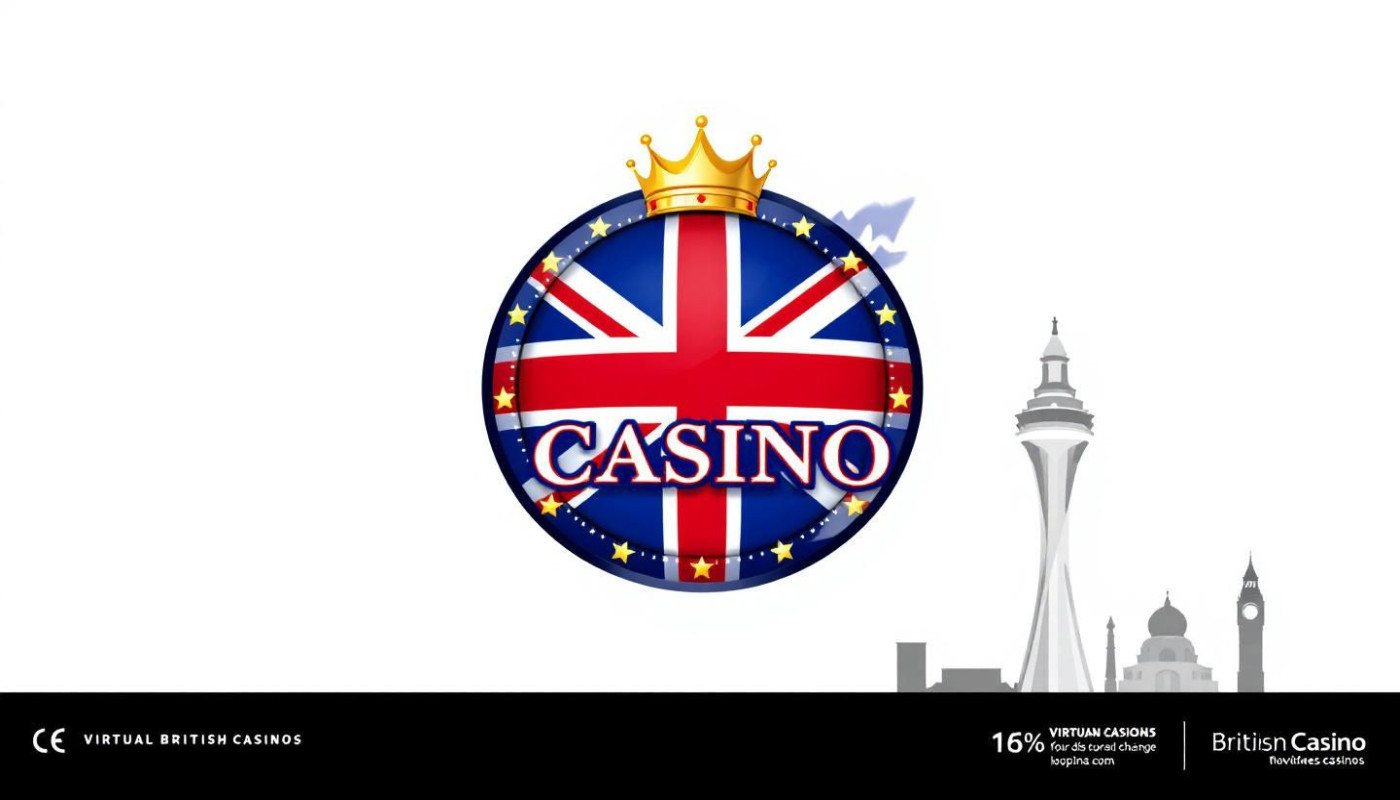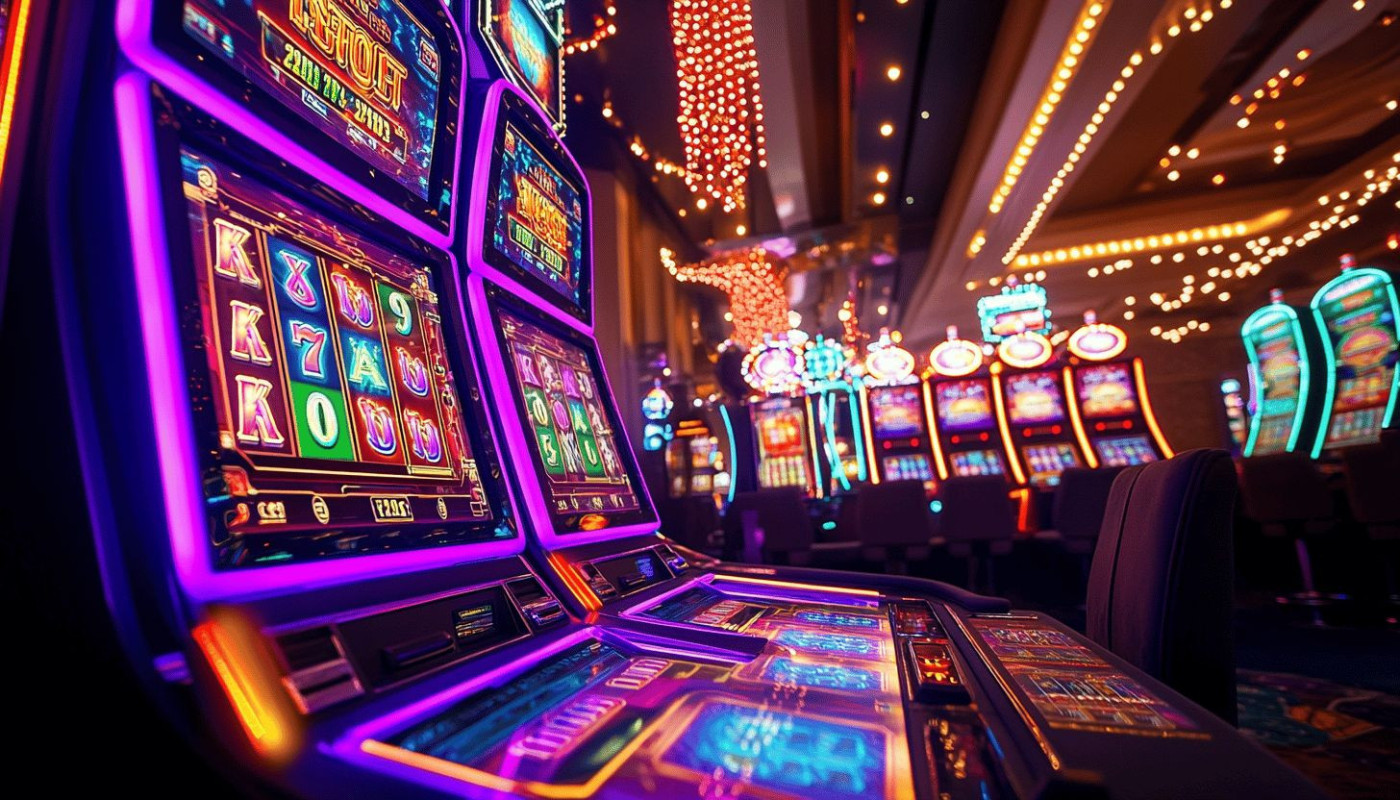Table of contents
In a world that is increasingly digital, traditional arts have found a new canvas on which to flourish and redefine their significance. The juxtaposition of timeless practices with the ever-evolving digital landscape offers an intriguing opportunity for cultural preservation and innovation. This article delves into the intricate dance between old-world artistry and new-age technology, inviting readers to discover how modern digital platforms are becoming the contemporary galleries for traditional masterpieces.
The Digital Renaissance of Traditional Arts
The advent of digital technology has ushered in a new era for traditional arts, enabling their digital preservation and enhancing their relevance to a global audience. As virtual museums and performance spaces proliferate, they serve as pivotal repositories for cultural heritage, safeguarding it from the ravages of time and neglect. These platforms provide an unprecedented opportunity for traditional arts to be appreciated in a modern context, allowing for a vibrant exchange between the past and present. The process of digitization not only helps in archiving delicate artifacts and recordings but also facilitates interactive experiences that breathe new life into time-honored practices. By ensuring that these cultural treasures are accessible worldwide, digital platforms create a bridge that connects diverse communities with their artistic legacies, fostering a deeper understanding and appreciation across cultural divides.
Interactive Learning and Virtual Workshops
In the realm of traditional arts, the advent of digital platforms has revolutionized the way individuals engage with and learn about time-honored practices. Interactive learning has been at the forefront of this evolution, offering a dynamic approach that captivates learners and fosters a deeper understanding of the art form. Virtual workshops serve as a digital bridge, connecting enthusiasts and practitioners worldwide, effectively democratizing knowledge and skill acquisition. This global access ensures that traditional skills are not only preserved but also disseminated across diverse audiences, transcending geographical boundaries. E-learning technologies embedded within these platforms cater to various learning styles and needs, making the exploration of cultural heritage both accessible and compelling. The infusion of modern convenience with cultural education opens doors for a more inclusive and engaged community of learners, eager to sustain the vibrancy of traditional arts in the digital age.
Preservation through Digital Archives
The advent of digital archives has opened a new horizon for the preservation of traditional arts, ensuring that the intricate details and techniques of these cultural expressions are safeguarded for future generations. Through meticulous digital curation, each brushstroke, chisel mark, and woven thread is documented with precision, allowing not just for preservation but also for deep research and understanding. Historians and researchers are able to delve into the historical context of the arts, uncovering insights that physical limitations once hindered. This digital approach to archiving not only protects these works from physical decay but also democratizes access to them, enabling global audiences to appreciate and study the full spectrum of human cultural heritage.
For example, by visiting a page dedicated to traditional Japanese art within a digital archive, one can explore the nuanced history and techniques of ancient calligraphy or ikebana flower arranging, enhancing their appreciation and knowledge of these arts. This exemplifies how a well-structured digital archive can act as a bridge between past and present, guiding us in the appreciation and understanding of the complexities of traditional art forms.
Fostering Global Communities and Collaboration
In the digital age, the power of social networking has transcended physical boundaries, creating a fertile ground for global communities to thrive. Artists and cultural enthusiasts are no longer confined by their geographical locations; instead, they connect, collaborate, and share ideas on a global stage. This interconnectedness fosters an expansive artists network, one that is as diverse as it is dynamic. Platforms dedicated to the arts act as virtual meeting spaces where cultural exchange flourishes. They serve not just as showcases for traditional arts, but also as incubators for joint projects that might have never been possible without the digital bridges these platforms provide. By engaging in this digital dance of ideas, individuals bring traditional arts into a new era, ensuring their continuity and relevance in the modern world. Such collaboration is more than just an exchange; it is a fusion of perspectives that enriches all participating cultures.
Monetization and Sustainability of Traditional Arts
Amidst the digital age, traditional arts face both novel challenges and opportunities for monetization, leveraging online markets to ensure their sustainability. The concept of 'monetization' refers to the process by which artists generate revenue from their craft. Digital platforms offer a breadth of avenues for artists to sell their work, from individual pieces to digital reproductions. The sustainability of these art forms relies on consistent economic opportunities, which can be amplified through the global reach of e-commerce. E-commerce allows traditional artists to connect with a wider audience, transcending geographical limitations and tapping into a more extensive customer base. Within these digital markets, traditional artists can find new life for age-old practices, preserving cultural heritage while adapting to modern economic landscapes. A cultural economist or an arts funding specialist would assert that a strategic approach to digital commerce is imperative for these art forms to thrive. By embracing the internet's expansive marketplace, traditional artists are empowered to maintain the practice and transmission of their irreplaceable skills to future generations.
Similar articles

Exploring The Appeal Of UK-based Non-regulatory Casino Platforms

Exploring High RTP Casino Games: Strategies And Benefits

Exploring The Latest Trends In Sustainable Fashion

Maximizing Your Winning Chances With High-Reward Online Lottery Games

Exploring The Impact Of Innovative Customization On Consumer Preferences

Tips For A Seamless Mobile Gambling Experience

The Importance Of Diverse Payment Options In Online Gambling

Essential Guidelines For Managing Your Budget In Plinko Games

Understanding Loyalty Programs In Online Gaming Platforms

